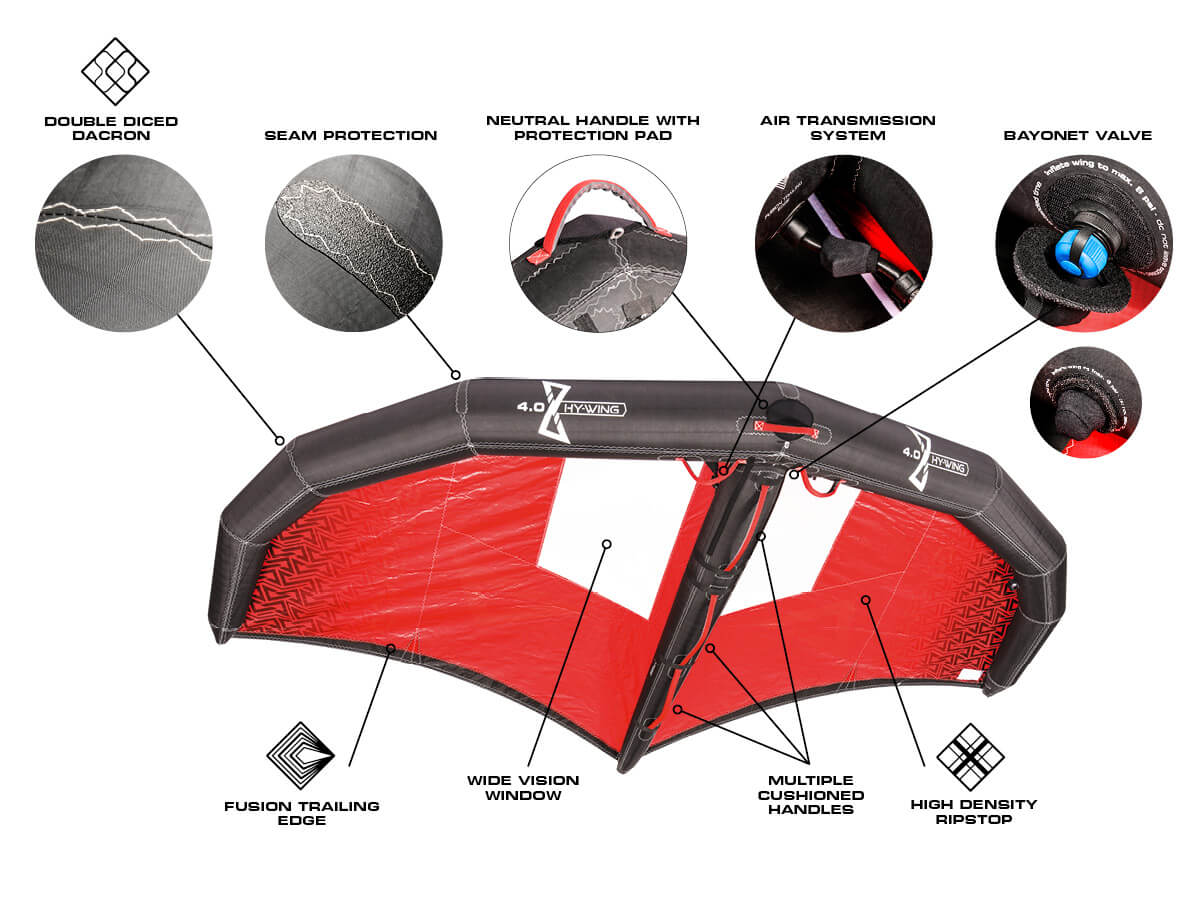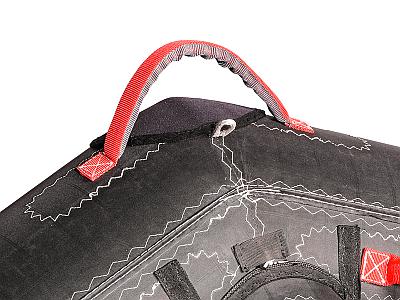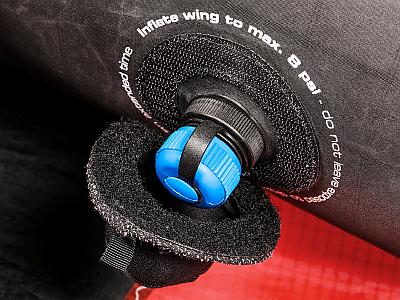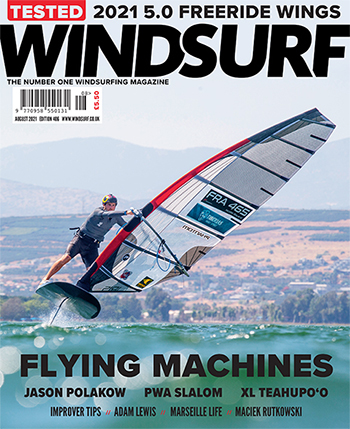FOIL WING SURFING
HY there! We introduce: your entry into the world of wing surfing. The HY-WING. An all-round wing for all skill levels with immense wind range and stability. The HY-WING is super easy to handle and still develops a high level of performance. It is the perfect choice for the absolute beginner to those who are currently expanding the horizons of this sport.
KEY FACTS:
> Full traction control
> Wide wind range
> One size covers almost every wind speed
> For all skill levels
> Easy to learn and very accessible
> Responsive and super durable construction
> Bayonet Valve
> Neutral Handle on the middle strut
Included in delivery: Wing, Pump, Leash, Backpack
The Wing features an extremely balanced profile with just the right amount of power and speed. The compact outline makes it super easy to maneuver. The profile aligns smoothly from tremendous drive to absolute neutrality. Two generously designed windows provide the necessary overview. Three wide, padded handles on the middle strut allow maximum freedom in positioning the hands, so the Wing can be easily operated with one hand.
With the Neutral Handle, a soft loop on the leading edge, the Wing can be depowered with just one hand, perfect for wave riding where you don't need a pull in the Wing. Under the loop is a soft pad that protects the knuckles.
The Leading Edge of the HY-WING is made of super light and high quality Double Diced Dacron and the Canopy material is made of High Density Ripstop. The Fusion Trailing Edge completes the construction at the Leech and additionally increases the durability of the wing.
The clever combination of materials used makes the Wing direct and responsive, yet it remains easy to handle and extremely forgiving.
Setup is a breeze, just inflate and you're done. After the session, the Wing can be folded back up and stored in the included bag to save space.
The HY-WING shows the way from the first Wing attempts to jibes and explosive jumps. An uncomplicated and powerful introduction to the discipline of wing surfing.
Say HY!
TECH SPECS
| Size m² |
Wind range* Kn |
Height m |
Span width m |
Weight Kg |
Price EUR |
| 4.0 | 14-30 | 1.9 | 3.03 | 2.10 | 699,- 449,- |
| 5.0 | 10-25 | 2.1 | 3.34 | 2.37 | 749,- |
| 6.0 | <10 | 2.3 | 3.71 | 2.62 | 789,- |
*The specifications are based on a wingsurfer with a body weight of 75 kg. Who is significantly heavier or lighter takes the next larger or smaller size.


























